Everything you need to know about sleep and daylight saving
Falling forward and springing back are the bane of some people's existence.
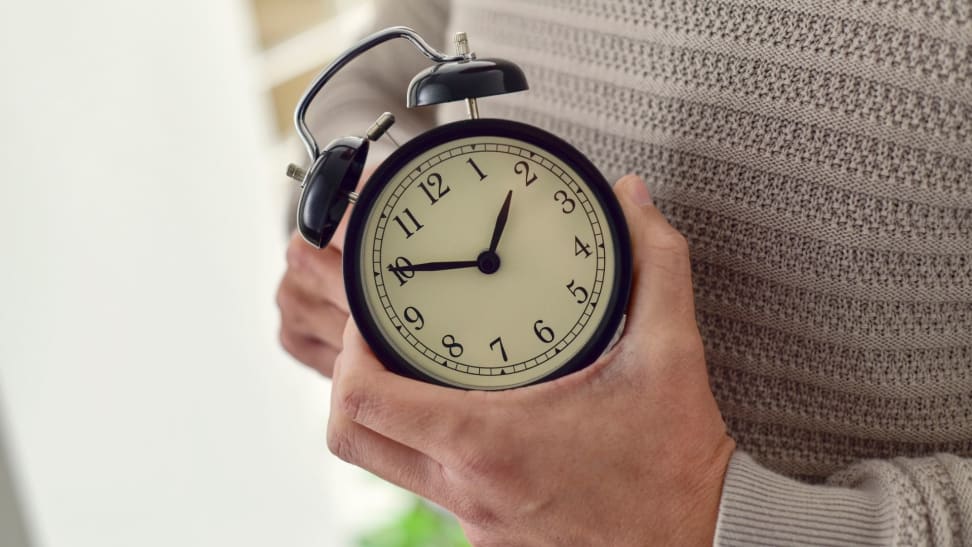 Credit: Getty Images / nito100
Credit: Getty Images / nito100
Recommendations are independently chosen by Reviewed’s editors. Purchases you make through our links may earn us a commission.
When I was a kid, the end of daylight saving time was an unsung holiday, and the start of it was a loathsome day of feeling completely shattered. I was always thrilled to gain an hour of sleep come fall, and dreaded reacclimating once spring rolled around.
Now, I write about sleep for a living—and I remain a tried-and-true fan of catching zzz’s. To this day, I look forward to gaining an hour. But with all thecontroversy surrounding daylight saving time,多少会影响你的睡眠,我们年代tarted to wonder about what people can—and should—do in advance of the clocks changing (yet again).
Why do we observe daylight saving?
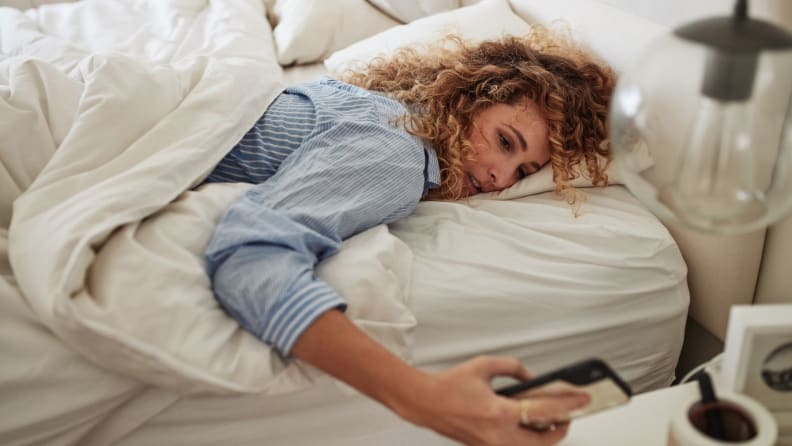
Daylight saving has a history that dates back to the early 1900s.
Daylight saving time was implemented in the early 1900s in the United States. Contrary to urban legend, the采用政策鼓励燃料储蓄and was backed by the U.S. Department of Commerce, as additional daylight hours were thought to be good for shopping, according to Time Magazine. The farm lobby actually opposed changing the clocks as it meant less time for chores and farm work in the mornings. The change also has connections to the development of trains and railways across the country—which struggled to adjust to local, unstandardized times observed in different states as they traveled, according to the magazine.
Theschedule became permanent and standardized across the U.S. in 1966, when the Department of Transportation was founded and daylight saving time was placed under its jurisdiction, according to a Congressional Research Service report. Since then, multiple states have tried to pass legislation to adjust the observance—and some, perhaps mostnotably Arizona, have cut it entirely.
How long will the adjustment to daylight saving take?
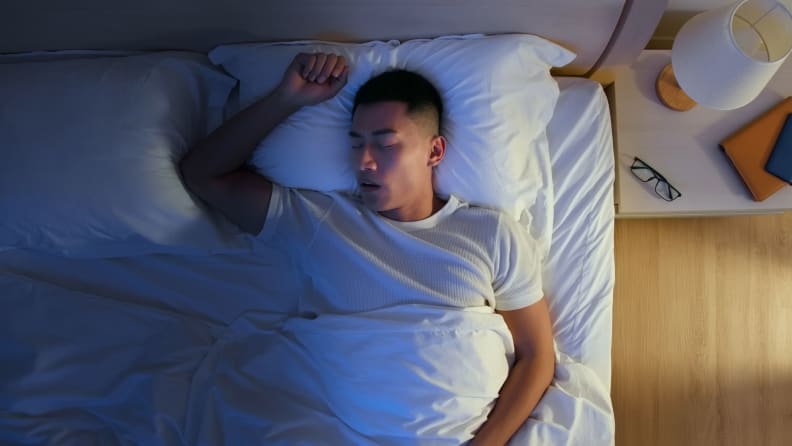
Adjusting to daylight saving won't take longer than a day for most people.
When acclimating to a new time zone, the conventional wisdom is that it will take one day for each hour of change. Turns out, it’s kind of true, especially when you're referring to the time change in the fall, when you gain an hour. “Usually, it does take about a day to adjust to a time zone shift,” saysJamie Zeitzer, a researcher who specializes in psychiatry and behavioral sciences, specifically sleep medicine, at Stanford. But when it comes to adjusting to losing an hour every spring, “that might take you a little longer.” In other words: Fall is the lesser of the two daylight saving evils, and for most people it won’t take longer than one day to shift to the new time.
The difficulties depend on the specific populations you’re talking about, Zeitzer says. For folks who are older, or families with kids that have more regular sleep patterns, the change will be difficult twice a year. For younger people, it’s a slightly different story. “[With] younger individuals, who have more erratic schedules, that loss of an hour of sleep can be more impactful,” he explains.
还有自己的孩子。幸运的是你不t need to worry too much about their ability to adapt because while they may have a routine or schedule, they tend to adjust quickly in Zeitzer’s experience. “Anecdotally, the kids bounce back really fast,” he says. “I don't have any experimental evidence for that—but it seems to be that kids adapt very rapidly to these kinds of time zone changes.”
Things likecar accidents spike around daylight saving in the springwhen you lose an hour of sleep. The American Academy of Sleep Medicine has even called fordaylight saving changesto be abolished due to negative health effects that coincide. In the fall, when you essentially get an extra hour to sleep in, things tend to be easier. Of course, sleepingtoomuch can also leave you feeling as though there’s something to be desired. For example, you may feel more groggy the day after the clocks change.
What is the role of your sleep cycle in daylight saving changes?
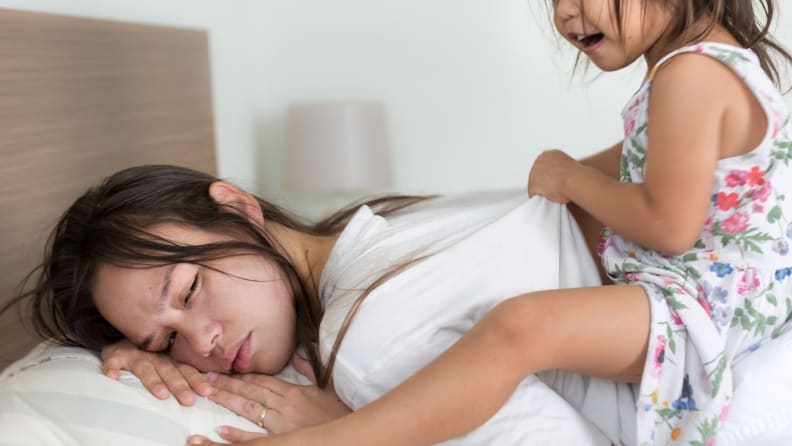
If you have a stable and predictable schedule, you'll find it harder to adjust.
Most people aren’t likely to struggle to adjust to daylight saving. In fact, it’s probably going to be a relatively painless shift. However, if you’ve got a well-defined schedule with a strong routine, the shift might be more noticeable. That’s because, according to Zeitzer, “your circadian system is telling you to be awake at [a given] time, and it’s difficult to move against that.”
Worrying about daylight saving is generally counterproductive
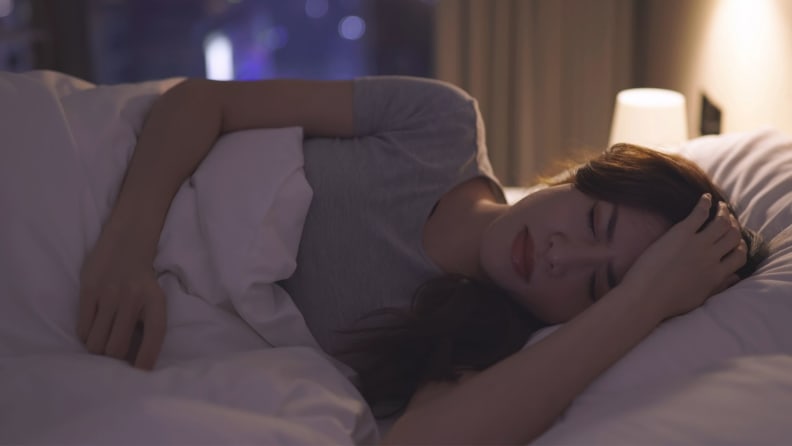
Worrying about daylight saving can do more harm than good.
The relationship betweensleep and stresshas always been rocky, at best. If you are overly concerned about daylight saving, it may exacerbate your symptoms and will almost certainly be counterproductive.
Excessive worrying is also why Zeitzer isn’t willing to give a blanket recommendation that people should adjust their sleep schedules to match the time changes. Futzing with your sleep schedule too much will do more harm than good, he says.
Instead, Zeitzer recommends simply being cognizant of the change. Drinking an extra cup of coffee in the morning or early afternoon if you need it may help, he notes. Beyond that, “there’s not much to do about it besides getting daylight.”
What can you do to minimize the impact of daylight saving on your sleep?

Don't worry about the shift too much—just be patient and aware if you're feeling a bit tired or groggy.
It might seem like youshouldadjust your sleep schedule to accommodate for the extra hour of time by staying up later in the fall—but Zeitzer says this isn’t essential to cope with “falling back.” (When the clocks spring forward, and you lose an hour, you may see more benefits from going to bed a bit early the night before.) But again, neither is worth losing sleep over.
During the day after the clocks fall forward—and when they spring back—be aware of how you’re feeling and how well you slept. Practice extra vigilance during activities, like driving, that can be dangerous and require more focus.
You can also control your light exposure to try and mitigate the effects, Zeitzer says. Consider spending a few minutes outside in the morning. This is becauselight plays a major role in the circadian rhythmand human’s sleep-wake cycle. Morning light exposure can help shift the circadian rhythm earlier and will help you wake up.
Of course, it’s never a bad time to evaluate your nightly sleep routine and sleep setup, either. But with daylight saving right around the corner, there isn’t a more opportune moment. We have a few tips that will help you wake up on the right side of the bed year round—but even more so when the clocks change.
Limit your exposure to screens.It’s tough to put your phone away before bed. Butallelectronics, fromphonestoTVsande-readers, releaseblue light, which suppresses melatonin, the hormone responsible for drowsiness. (Thosesleep-oriented phone settingshave unknown efficacy.) Stepping away from electronics a couple hours before bed can dramatically change the quality of your sleep.
Go to sleep around the same time every night.Sleep is very pattern-driven. If you establish anighttime routine, you’ll start to feel tired around the same time every evening and wake up about the same time come morning. While this can make adjusting to daylight saving time more difficult, it's better for your sleep and overall well-being the rest of the time. Picking up ameditation app, like our favorite,Headspace, to wind down every night could help. Headspace even hassleep-specific contentto help you doze off.
Control the ambient temperature.Temperature and sleep are intimately intertwined. What's thebest temperature for sleep? Experts generally recommend the mid 60s to low 70s, though it largely depends on personal preference. With asmart thermostatsuch as our favorite, theGoogle Nest, you can customize a schedule. Program a drop in temperature a couple hours before bed to match what naturally happens to your body. Then, raise it an hour or so before you plan to get up to help you transition to wakefulness
Consider a weighted blanket, sleep mask, and other things to max out your sleep.Small changes can make massive improvements to your sleep. For example, many rave aboutweighted blankets—which distributes pressure that can trigger relaxation and have a hugging sensation.Sleep masksorblackout curtainswill help you reduce ambient light, another thing that can disrupt your sleep.White noise machinescould also come in handy if you live in an area that’s loud at night, and you find yourself waking up due to loud noises,
The product experts atReviewedhave all your shopping needs covered. Follow Reviewed onFacebook,Twitter,Instagram,TikTok, orFlipboardfor the latest deals, product reviews, and more.
Prices were accurate at the time this article was published but may change over time.





